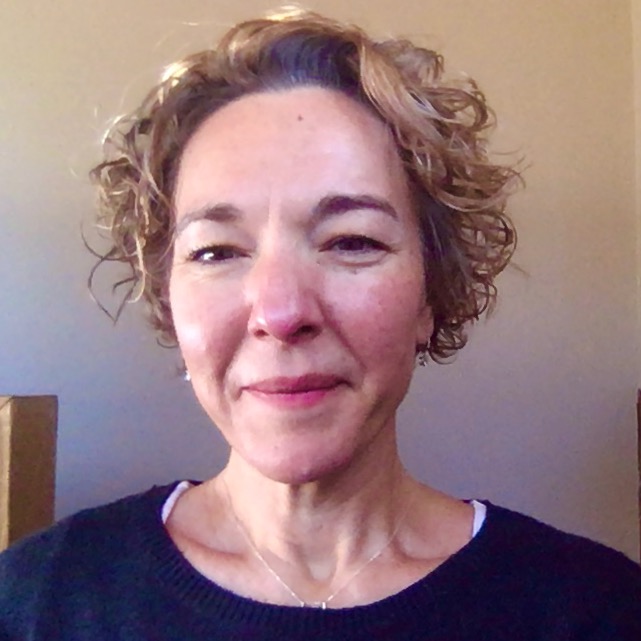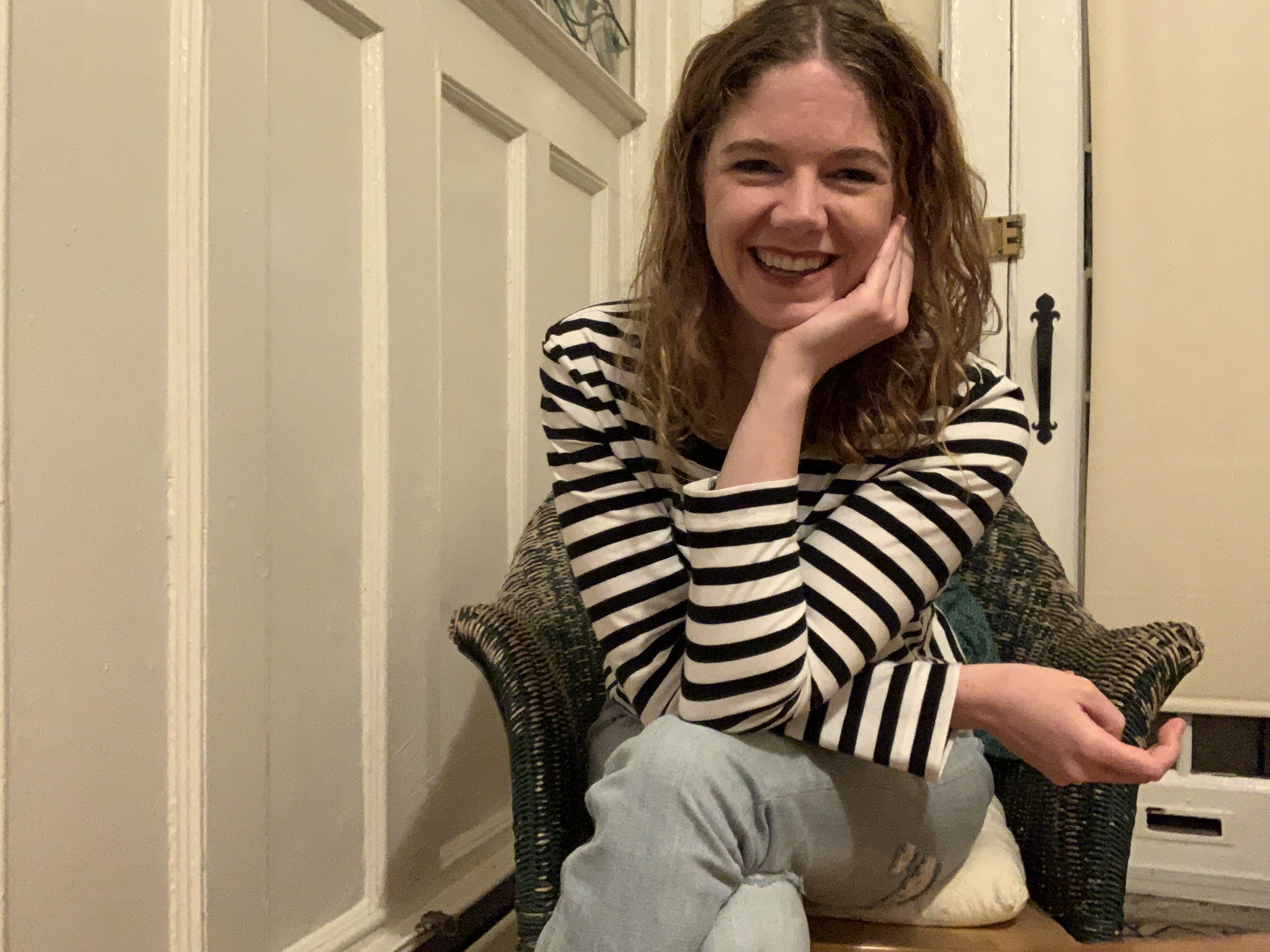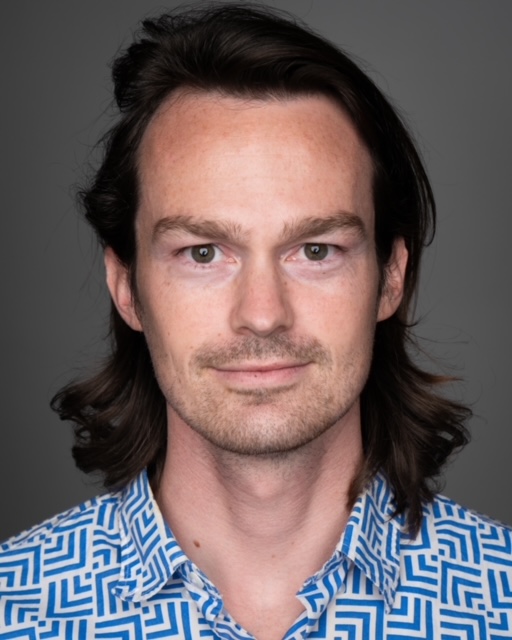Katie Hamaker, Michael Munton, Megan Quinn, Jenna Wes




Our Story
Drawn by an internal call, the five of us eagerly raised our hands when our instructor at the California Institute of Integral Studies, Jocelyn Chapman, put out a call for students to enter the Student Case Competition at this year’s International Leadership Association Conference. We found ourselves being pulled into this group for different reasons, collectively and individually facing the daunting topic of global gender equity — one of the greatest crises of our time.
In her celebrated work, Emergent Strategy, adrienne maree brown (2017) (styled in author’s preference) says, “there is a conversation that only these people in this moment can have. Find it” (p. 41). Inspired by brown, we used Synergic Inquiry (Tang & Joiner, 2006), a procedure for facilitating understanding amongst groups, to lead us through a process of finding the conversation. We took time to share what brought each of us to the conversation around gender equity. By the end of the process, we found that we knew ourselves and each other better. As a result, we were able to navigate the complexities between each other with care and appreciation.
Leaders show up when they have something to offer. In Transformative Leadership, leaders are not assigned to a single role or person with authority (Montuori & Donnelly, 2017). We engaged in situational leadership – whoever had something to share would prepare in advance while the rest would actively follow, listen, and ask questions. For example, Michael’s religious background allowed us to explore gender through the lens of western and eastern esoteric traditions. Katie’s personal experience inspired us to explore gender and sexuality through the lens of binary and non-binary gender norms.
For a moment, we considered proposing that the world must adopt a post-gender paradigm in order to address gender equity. Not long after, Jenna shared data from the UN, including a compilation of global statistics demonstrating the plain truths of human rights abuses against girls and women. (https://genderstats.un.org/#/home, n.d.) Tragically, we see the number of human rights violations drastically higher when studying girls and women of color, especially amongst impoverished populations and in countries considered ‘developing’ or ‘the global south.’ We learned that 131 million girls are out of school and that those who do not receive an education are more likely to live a life of extreme poverty, enter into child marriages, and experience domestic violence. (https://genderstats.un.org/#/home, n.d.) In 2020, 1 in 3 women will report having experienced domestic or sexual violence at some point in their lifetime. (https://genderstats.un.org/#/home, n.d.)
Megan suggested we slow down, notice and feel the humanity in the numbers — pausing us at the crux of complexity. Upon reading these statistics, it became clear that our concept of a post-gender world was situated in our localized experience and positionality. Not only that but removing gender removed our ability to locate gender-based oppression. Jenna, inspired to share, went on to tell some of the things she witnessed while living within a community in Ghana. She observed that many women wanted to go to school but were expected to gather water and wood for the family every day. Additionally, the high cost of educating a child is a significant sacrifice for a family, and girls are considered a financial liability. There is a circularity here; without these stories, we might have assumed education alone would solve gender inequity. By suspending judgment, we were able to see the subtle barriers in cultural gender norms shared through Jenna’s story that keep girls from education.
We realized that there are nuances and distinctions to the paradox of gender equity that exist worldwide — paradoxes that we may never fully understand. Slowing down interrupted a perpetual cycle that thrives on the very human tendency to leave our assumptions unquestioned.
This circularity reminded Michael of Frame Innovation, which gives a detailed approach to paradoxical challenges. Once we began talking about paradoxes, we began telling personal stories. For example, Catherine shared her story about being sexually harassed at work and revealed a grueling inner dialogue: if I speak up, will I get fired or ignored? Will that affect my ability to be independent of men in the first place? Ultimately, Catherine was fired three days after reporting the sexual harassment incident. Without pausing to acknowledge the paradox she was in, we might have assumed that a strict sexual harassment policy to be the appropriate solution. However, in doing so, we would still fail to see the actual power dynamics at play between Catherine and her male boss.
Dorst’s steps for framing open, complex, dynamic, and networked problems reminded us to consider not just the local systems and relationships that keep gender inequity in place but to look at the relationships between systems and stories that we may not have noticed. We realized that gender inequity across the globe is intersectional, contextual, and layered. Therefore, we could not propose a solution to a single facet of gender inequity such as binary vs. non-binary identity, or women’s lack of education and power, or violence against women. To lose the context of the challenges would render any solution virtually inept. The problems are entangled with one another.
Paradoxical problems become more challenging when those caught in the paradox are so accustomed to their influence that they become difficult or impossible to discern. As the saying goes, “you cannot see the water you are swimming in.” Simplifying paradoxes requires a tactful inventory of the situation without separating these parts from the systems to which they belong. “Emergent qualities cannot be inferred from an examination of the different parts – we cannot deduce them but only observe and characterize them at the level of the system. This confounds the powers of deductive logic” (Morin, 2014, p. 15). The Thrive Paradox emerged as a frame for understanding gender inequity.
Our Case: The Thrive Paradox
Supporting the foundation of gender inequity are the socially held beliefs that women are not equal to men, gender is binary, and masculine and feminine traits (which vary in definition across the globe) are isolated to either men or women, respectively. Economic systems, cultural and religious systems, educational systems, and climate change all share complex intersections of today’s global crises surrounding gender inequity. The intersectional and ubiquitous nature of this issue is highlighted by the United Nations’ approach to this challenge. “Gender Equality” is listed as one of the seventeen goals of the United Nations’ 2030 Agenda for Sustainable Development (https://www.un.org/sustainabledevelopment/gender-equality/, n.d.). Gender equality’s significance is emphasized by the fact that it is integrated into each of the other seventeen goals (https://www.un.org/sustainabledevelopment/gender-equality/, n.d.). Considering the longstanding history of global gender inequities, our team took the approach of framing essential paradoxes using techniques drawn from Transformative Leadership (Montuori & Donnelly, 2017) and integrating Frame Innovation‘s (Dorst, 2015) strategy for making change within “open, complex, dynamic, and networked problem situations” (p. 114) also called wicked problems (Sardar, 2015). By framing the complexity of the problem, our approach will make the nature of gender inequality explicit.
The Thrive Paradox is our proposal for reframing the problems cementing gender inequity into place; identifying the macro-level paradoxes and cultural norms that create gender inequity at the micro-level of individuals. We intend to challenge people’s beliefs and world views about gender and invite new ways of understanding. We acknowledge that reshaping cultural perspectives on gender is not simple, but we believe it is possible. Significant shifts in gender equity have happened already. Iceland has transformed the role of gendered parental characteristics and economic equality by offering paternity leave as a “use-it-or-lose-it” policy (Arnarson, & Mitra, 2008). A war-torn Rwanda has become a prominent example of how equal representation in politics can help heal, rebuild, and propel a nation towards gender parity in Parliament, with 64% of seats held by women (Revisiting Rwanda, 2018).
To begin the challenging task of rendering our knowledge into a concise, memorable story, we created a visual representation of the Thrive Paradox: a composition of six concentric blue rings representing the paradox’s layers. The outermost circle represents the parts of the planet that are most impacted by climate change. In these regions, women and girls are disproportionately impacted compared to male populations, and addressing their needs first will create a potent shift in climate change efforts for all. The next layer of the model represents those most marginalized around the globe and how protecting their human rights will, by default, cover the needs of those within the majority. The third ring represents religious, spiritual, and cultural leaders who can connect communities across geopolitical boundaries. The fourth frame addresses educational, political, healthcare, economic, and governmental systems that keep women unequal. Fifth, family units need new examples and leadership models to uncover the gender paradox inside the home and the local community. Finally, recognizing that we are each the leader of our own life, The Thrive Paradox frames the more intimate and personal spiritual paradox within each of us.
Conclusion
Gender equality is about human rights. As human beings, we have a right to sovereignty of our minds, bodies, and choice of spiritual connection. To progress towards global gender equity, we first must discover the paradoxes inherent in maintaining the status quo.
Edgar Morin teaches us to consider the likely possibility that our internal perspectives will get in the way of knowing each other and that too often, we are hindered by a tendency to place ourselves at the center of the world. In doing this, what is unknown in another becomes less valuable than what is known inside ourselves. This thinking leads us down the path of ethnocentrism, sociocentrism, and egocentrism, ultimately encumbering our capacity to understand one another (Morin, 2007).
Spending time listening to each other revealed paradoxes inside of ourselves and within our group. Expanding our consciousness in our group’s micro-level led to insight when looking at the macro-level of the problems at hand. The Thrive Paradox framework is a pathway for understanding the complex intersectionality of gender equity and acts as a powerful tool for creating fundamental shifts in beliefs and sustainable change in our living systems. By reframing similar paradoxes within local contexts where gender inequities maintain influence, we lay a reliable foundation that will support a global and transformative gender equity approach.
References
Churchman, C. West (1967) “Wicked Problems.” Management Science. 14 (4): B-141–B-146. doi:10.1287/mnsc.14.4.B141
Dorst, K. (2015) Frame Innovation: create new thinking by design. Massachusetts Institute of Technology Press. 2015.
Montuori, A. & Donnelly, G. (2017), Transformative leadership, Handbook of personal and organizational transformation, 1-33.
Morin, E. (2014), Complex thinking for a complex world – about reductionism, disjunction and systemism, Systema, Bertalanffy Center for the Study of Systems Science, 2(1) 14-22
Revisiting Rwanda five years after record-breaking parliamentary elections. (2018, August 13). https://www.unwomen.org/en/news/stories/2018/8/feature-rwanda-women-in-parliament
Sardar, Z. (2015), The Three Tomorrows of Postnormal Times, Futures, Elsevier, 75(2016), 1-13
Thor Arnarson, B., & Mitra, A. (2008). The Paternity Leave Act in Iceland: implications for gender equality in the labour market. Journal of Applied Economics Letter, 17:7, 677-680, DOI: 10.1080/13504850802297830
Transforming Our World: the 2030 Agenda for Sustainable Development. (n.d.). Retrieved from https://sustainabledevelopment.un.org/post2015/transformingourworld
United Nations Sustainable Development Goals: Goal 5:Achieve gender equality and empower all women and girls (n.d.). Retrieved December 15, 2020, from https://www.un.org/sustainabledevelopment/gender-equality/
UN Gender Statistics. (n.d.). Retrieved December 15, 2020, from https://genderstats.un.org/
Katie Hamaker is a talented consultant, coach and team builder. Using her unique skills to bring people together, she leads teams out of conflict and into resonance through framing and designing for equity focused solutions in the organization. She has spent the past 15 years in the tech industry as a principal consultant, project manager, solutions architect and global alliances leader. Building upon her intimate working knowledge of the tech industry, she offers presentations and educational workshops that are designed to move engineering, sales, and operations teams through conflict. Katie builds group cohesion through understanding differences and leveraging individual creativity in order to foster stronger alignment inside the organization. Katie is working towards her MA in Transformative Leadership at the California Institute of Integral Studies.
Michael Munton is a Masters of Transformative Leadership candidate at the California Institute of Integral Studies. His research focuses on the connections between leadership, design and cybernetics. He is passionate about designing better systems for more sustainable, equitable futures. Through writing, presenting, and diagramming, he opens new doors to understanding systems approaches to complex challenges.
Jenna Wes is a life-long advocate for human rights, Jenna started a small non-profit aimed at empowering orphaned, former children soldier girls through education, economic stability and psycho-social support, after her return from the Peace Corps. Passionate about trauma-healing, Jenna found her own through Yoga and Meditation, and went on to train Teachers on how to teach in diverse settings with marginalized populations. A Master’s Student of Transformative Leadership at the California Institute of Integral Studies, Jenna’s most recent work with the International Rescue Committee supplemented the transition of Refugees during their first ninety days of Resettlement. Eager to interrupt the normalcy of socialization and cyclical nature of trauma, Jenna is currently working with preschool aged children, and is grateful to be a part of the Transformation Team.
Megan Quinn is a somatic facilitator, movement instructor, and performing artist based in Philadelphia. She approaches her work with care, laughter, tears, and a deep love for humanity. Making art in communities, and building communities through art, she inspires us to recall, again and again, a belonging to ourselves and each other. Megan is working towards her MA in Transformative Leadership from the California Institute of Integral Studies. Her deep desire is to collaborate on building just and sustainable futures.
